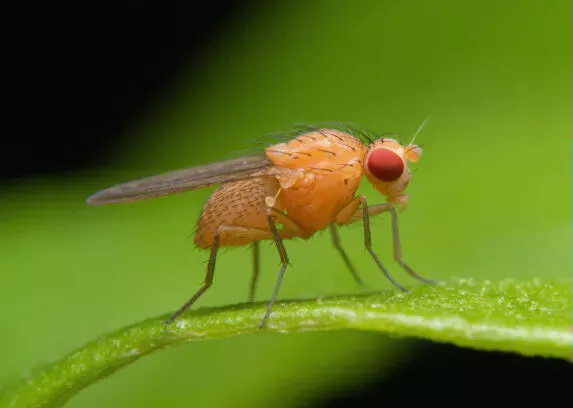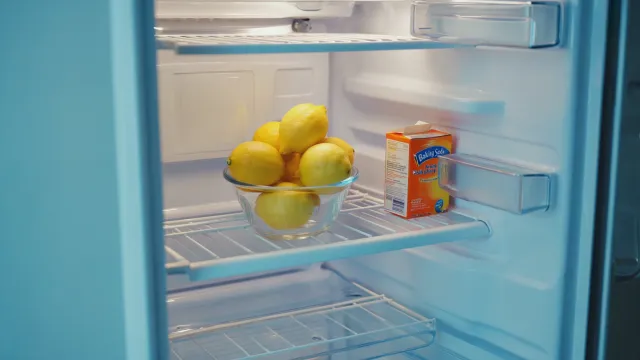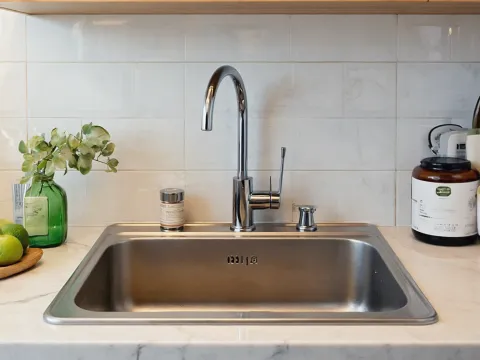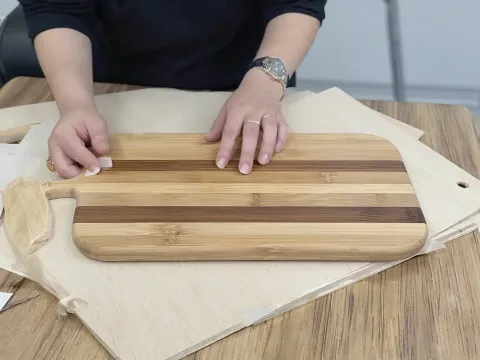Published on May 27, 2025
Last updated: May 27, 2025 · ⏱ 3 min read
Natural Fruit Fly Trap That Actually Works

Understanding the Fruit Fly Problem
Fruit flies can be more than just an annoyance in your home; they can quickly multiply and become a significant pest. These tiny insects are attracted to ripe and fermenting fruits, vegetables, and other organic materials. Once they find a food source, they can reproduce rapidly, leading to an infestation that can seem impossible to control. Understanding their behavior is crucial to effectively combatting them.
Why Choose Natural Traps?
Opting for a natural fruit fly trap is a wise decision for several reasons. First, natural traps are safe for families and pets, eliminating the risks associated with chemical pesticides. Second, they are eco-friendly, reducing your reliance on harmful substances that can affect the environment. Lastly, these traps are cost-effective, requiring only household items you likely already have on hand. By choosing a natural method, you maintain a healthier home while effectively managing the fruit fly issue.
Gathering Your Supplies
Creating a fruit fly trap doesn’t require any fancy supplies. Here’s a list of common household items you need:
- Apple cider vinegar
- A jar or bowl
- Plastic wrap
- A rubber band or string
- A toothpick or sharp object
These items work together to create a simple yet effective trap that lures fruit flies in and prevents them from escaping.
Setting Up Your Natural Fruit Fly Trap
Now that you have your supplies, it’s time to set up your trap. Follow these straightforward steps:
- Pour the Vinegar: Start by filling your jar or bowl with about an inch of apple cider vinegar. The sweet, fruity scent will attract the fruit flies.
- Cover the Jar: Take the plastic wrap and cover the top of the jar or bowl tightly. Ensure there are no gaps for the flies to escape.
- Create Holes: Using a toothpick or a sharp object, poke several small holes in the plastic wrap. The holes should be large enough for the fruit flies to enter but small enough to keep them trapped inside.
- Secure the Cover: Use a rubber band or string to secure the plastic wrap around the jar or bowl. This will help keep it tight and in place.
Once your trap is set up, place it in areas where you've noticed fruit flies, such as near fruit bowls, compost bins, or trash cans.
Enhancing Your Trap's Effectiveness
While the vinegar trap is effective on its own, there are a few tips to enhance its performance:
- Use Ripe Fruit: Adding a piece of overripe fruit to the vinegar can make the trap even more enticing for fruit flies.
- Keep it Clean: Regularly clean your kitchen and dining areas to eliminate potential food sources that attract fruit flies.
- Place Multiple Traps: Strategically placing multiple traps around your home can help catch more fruit flies, especially in high-traffic areas.
Monitoring and Maintenance
Once your traps are in place, monitor them regularly. You should see fruit flies trapped within a few days. Depending on the severity of the infestation, you may need to replace the vinegar and clean out the traps every few days. This maintenance will ensure that your traps remain effective and continue to attract and capture fruit flies.
Preventing Future Infestations
To keep fruit flies from returning, it’s essential to adopt some preventive measures. Here are a few strategies to consider:
- Store Fruits Properly: Keep fruits and vegetables in the refrigerator or in sealed containers to reduce exposure to fruit flies.
- Dispose of Overripe Produce: Regularly check your fruits and vegetables for spoilage and dispose of any overripe items promptly.
- Seal Trash Bins: Ensure that trash cans have tight-fitting lids to prevent fruit flies from accessing food scraps.
By implementing these strategies along with your natural traps, you can significantly reduce the likelihood of future infestations.
Alternative Natural Traps
While the vinegar trap is a popular choice, there are other natural traps you can try if you’re looking for variety:
- Wine Trap: Similar to the vinegar trap, you can use leftover wine as bait. Pour a small amount into a jar and cover it with plastic wrap, poking holes as before.
- Beer Trap: An open bottle of beer can also attract fruit flies. Just leave the bottle open and let the flies enter.
- Fruit Trap: Cut a piece of ripe fruit and place it in a jar, covering it with plastic wrap and poking holes. This method can be particularly effective if you have fruit flies already buzzing around.
When to Seek Professional Help
In most cases, natural traps and preventive measures can effectively control fruit fly populations. However, if you find that your efforts are not yielding results and the infestation continues to grow, it may be time to call in a professional pest control service.
Persistent fruit fly problems can sometimes indicate a deeper issue, such as hidden breeding grounds in drains, garbage disposals, or other hard-to-reach areas. A licensed pest control expert can identify the root cause and implement targeted treatments to eliminate the problem at its source.
Don’t hesitate to seek help if you’ve exhausted all home remedies. Acting early can prevent the issue from worsening and restore comfort and cleanliness to your kitchen or home.
🧠 Frequently Asked Questions

Written by Soufyan from GrowToGrub
Soufyan is a gardening educator and founder of GrowToGrub. Through simple guides, easy recipes, and practical life hacks, he helps everyday growers turn small spaces into sustainable, delicious, and chemical-free living.


